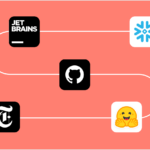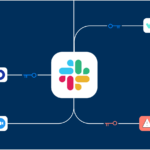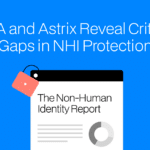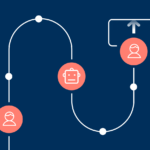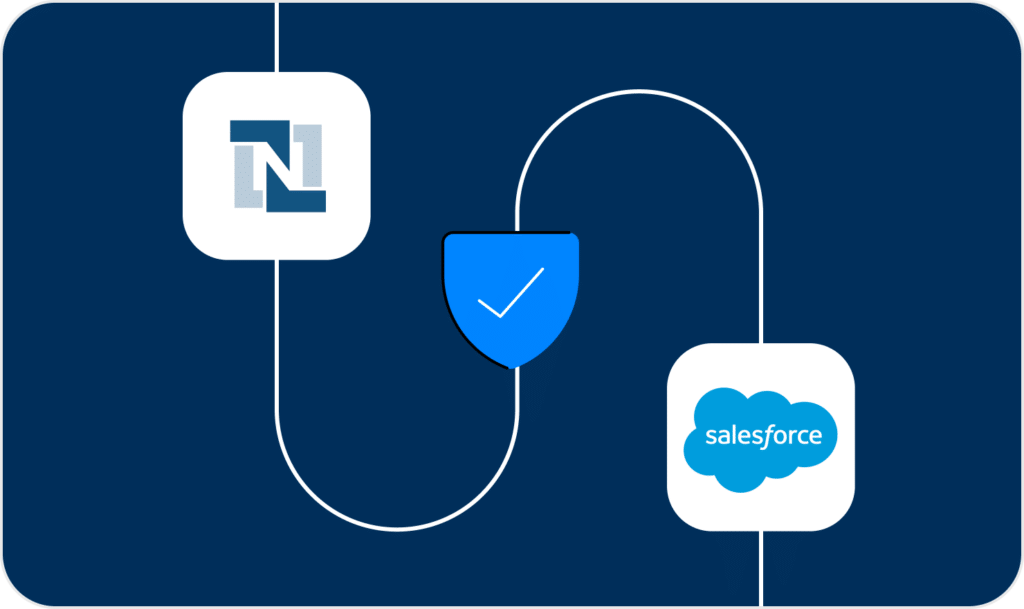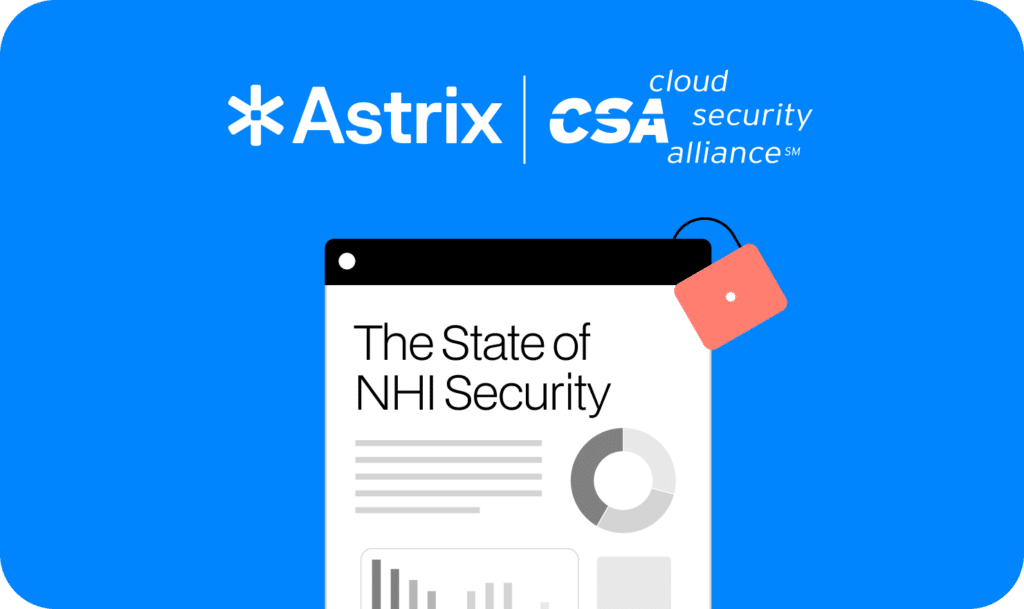5 cloud-app connectivity trends for 2022

Five key cloud adoption trends will shape the digital workforce – and the cybersecurity landscape – over the coming year.
In just a few short years, the enterprise tech stack has been transformed. It’s not even really a “stack” anymore at all, but a web of new 3rd party cloud apps and platforms along, integrated and sharing data with each other and with the old legacy enterprise platforms. This was already underway before Covid-19, but the historic switch to remote and hybrid work quickly accelerated it. In fact, it’s believed that by 2025, 85% of enterprise IT will be “cloud first”. And it’s easy to see why: slashed budgets, more flexibility, and the ability to effectively support a remote workforce. But the benefits come with some big challenges when it comes securing this new web of integrations from malicious attacks.
In this post we’ll dig deeper into this paradigm shift by taking a closer look at the top 5 cloud app adoption trends for 2022, and what each of them means from a cybersecurity perspective:
- The new enterprise perimeter is fuzzy
The “perimeter”—the border around an organization’s critical on-premise platforms—has become harder to define. The widespread adoption of 3rd party cloud platforms means the center of gravity has shifted from on-premise to off. Organizations used to be able to build a simple firewall around their proprietary data and call it a day. Unfortunately, this is a lot trickier when 3rd party cloud apps (and the flow of data between them and legacy enterprise platforms) become critical for day-to-day operations. The good news: organizations struggling to secure this new “fuzzy perimeter” are not alone. According to a recent study from Gartner, this is the biggest challenge posed by migration to the cloud and reliance on 3rd-party cloud apps.
- Monolithic apps are going extinct, giving way to a federation of micro apps
Like the rotary phone and the floppy disk, the monolithic app may soon be a workplace relic (or at least a rarity). Cropping up in its place is an ecosystem of micro apps, or “microservices”, that enable integration, speed up innovation and drive revenue growth. And while the advantages are well-known—scalability, agility, faster deployment—what gets left out are the implications for data privacy and security. Moving from monolithic to micro means exponentially increasing the number of integrations and API calls you’re dealing with, which means that securing those integrations becomes exponentially more complex as well.
- Integration comes first, or “everything is connected to everything”
When it comes to choosing enterprise tech in our hyper-connected, automated world, isolated apps that don’t play well with others are getting passed over in favor of those with strong integration capabilities. This makes sense; siloed systems are not efficient, not to mention a nightmare for data governance and consistency. Instead, these highly-integrated 3rd party apps are forming the new backbone of the API-driven workplace, and siphoning the data they need from core enterprise platforms. The challenge for security leaders is that this new web of integrations = a web of security risks. Each app (and each interaction between each app and the core platforms it’s connected to) comes with its own set of security risks and requirements that need to be monitored and managed. Basically, the surface area of risk has extended beyond the center of operations (the trusted legacy platforms holding the data) to the less trusted 3rd-party applications at the perimeter.
- The grassroots adoption of new apps
Over the past few years, there’s been a shift from the traditional, top-down or “waterfall” model of adoption to bottom-up: with people who do the day-to-day work picking the apps they want to use, and setting up their own cloud-app networks. The rise of product-led growth strategy (or PLG) has pushed this trend even further, with more and more apps offering free or “freemium” versions that can be installed without any purchase. While this new freedom of choice is exciting, it also means employees are funneling critical enterprise data through their own homegrown cloud-app networks. This matters for security because you can’t secure what you don’t know. Awareness of who has installed what, and what other apps are connected is critical if you want to keep your data safe.
- Automation is king
As the office goes more and more digital, there are greater possibilities for automation. Business Process Automation (BPA) and Robot Process Automation (RPA, aka “software robotics”) are two big examples of this. Both rely on integrations and the flow of data through enterprise systems and any apps connected to them. The rise of low-code/no-code apps also means employees don’t need to be developers to set up their own automated processes, opening up the floodgates to new integrations between core enterprise platforms and 3rd party cloud apps. While this is super exciting from a technical and operational standpoint, it should set off some big alarm bells for the more security-minded. Automation encourages productivity and innovation, but it also means more data moving in more directions as a result of many more initiatives, which introduces a greater surface area for leaks and malicious attacks.
The bottom line? A new era in enterprise infrastructure has arrived. The old tech “stack” has given way to a web of 3rd party cloud apps that flow with critical data and enable innovation and automation. But all this excitement and possibility comes with increased complexity in terms of data management and security. Enterprises that are aware of these risks, and take the right steps to mitigate them, will get the best of both worlds—they’ll be able to harness the powerful new capabilities of 3rd party cloud apps while keeping their systems safe and secure.
Learn more about how Astrix can help your enterprise accelerate cloud adoption fearlessly with integration access management built for the era of hyperconnectivity.















